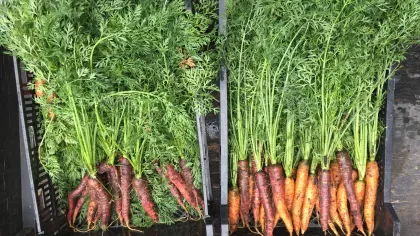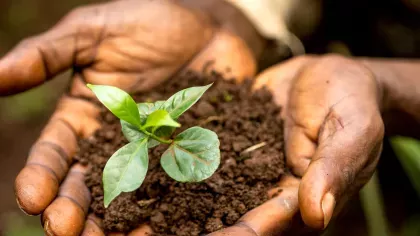2 February 2022
On the hunt for the mystery herb
Silphium was once worth its weight in gold, and even stamped on Greek currency. But what is it?

Nearly 2000 years ago, the city of Cyrene in Northern Africa (modern day Libya) had one plant to thank for its status as one of the richest cities in the land.
It was known as silphium, and had almost countless uses.
The stems were roasted, the roots eaten with vinegar. The sap it produced, known as laser, was grated over foods and became the must-have condiment across the ancient Greek world.
Sheep and goats fed with silphium were said to produce a more succulent meal.
It was also a crucial medicine being used as a treatment for everything from a sore throat to a hernia. There is also evidence it was used as an aphrodisiac, as well as a contraceptive.
The plant was so closely linked to love and sexuality that it’s theorised the shape of the seeds inspired the love-heart shape we still use today.
Silphium was of such value that the city of Cyrene even used it as the seal on their coins, which makes it all the more surprising that we have no idea what this plant actually is, or if it still exists today.
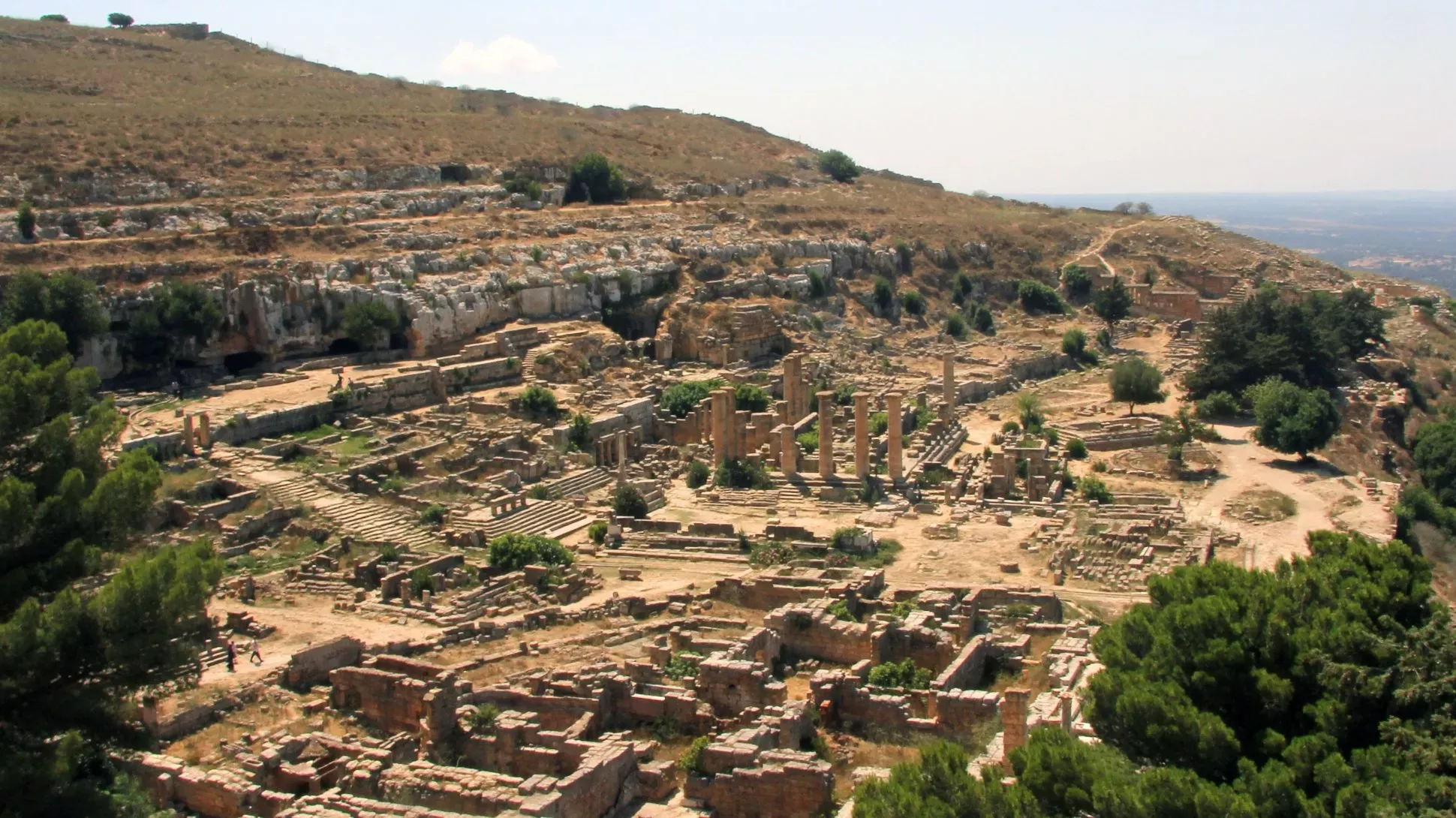
Extinction explanation
Silphium appears to have been a victim of both its own success and rarity.
It only grew in a narrow strip of land along the coast of North Africa and farmers were unable to cultivate it.
Due to the overwhelming demand for silphium, its numbers rapidly dwindled, and by the 2nd century BC, the plant was considered extinct.
While we don’t know exactly why silphium disappeared, there are several theories.
Some evidence suggests that the plant was gathered too extensively by the Romans. The Greek government had strict rules on the amount of silphium that could be harvested, but it seems the Romans paid little attention to that.
It’s also thought that the desertification of the area might have contributed to the plant’s disappearance — the north coast of Africa has been getting drier over the past thousand years, which could have led to silphium’s demise.

An antiquity mystery
So what exactly was silphium, and where is it today?
Since the herb was in short supply even during Roman times, we have to rely on descriptions and depictions to work out what type of plant it was.
Ancient Greek botanist Theophrastus describes silphium as ‘having a great deal of thick root’ which is covered in a ‘black bark’. He also wrote that it grew to just under 50cm tall on a hollow stalk.
Theophrastus likened silphium closely to ferula, a group of plants today known as ‘giant fennel’. Comparing giant fennel species to images of silphium from Cyrene coins, there's a clear resemblance.
Some have claimed that modern day species like the giant Tangier fennel (Ferula tingitana) or the giant fennel (Ferula communis) could be candidates for silphium's modern day identity.
A recent study in 2021 identified a new species, Ferula drudeana, which seems to be a promising candidate for silphium's identity, matching the features depicted on coins, as well as ancient descriptions of the plant.
But there may be an answer which solves another mystery about silphium: why it couldn’t be cultivated.
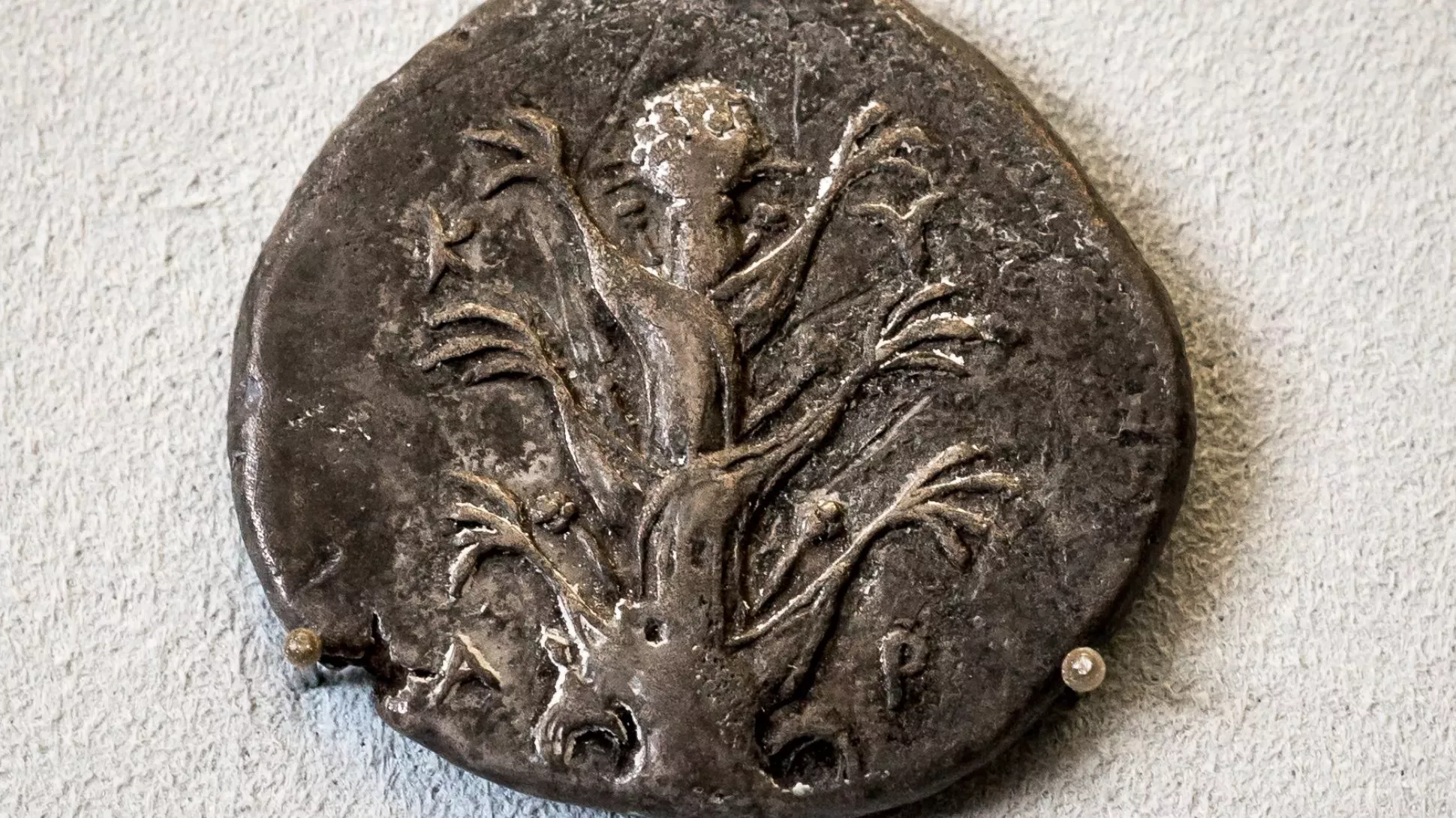
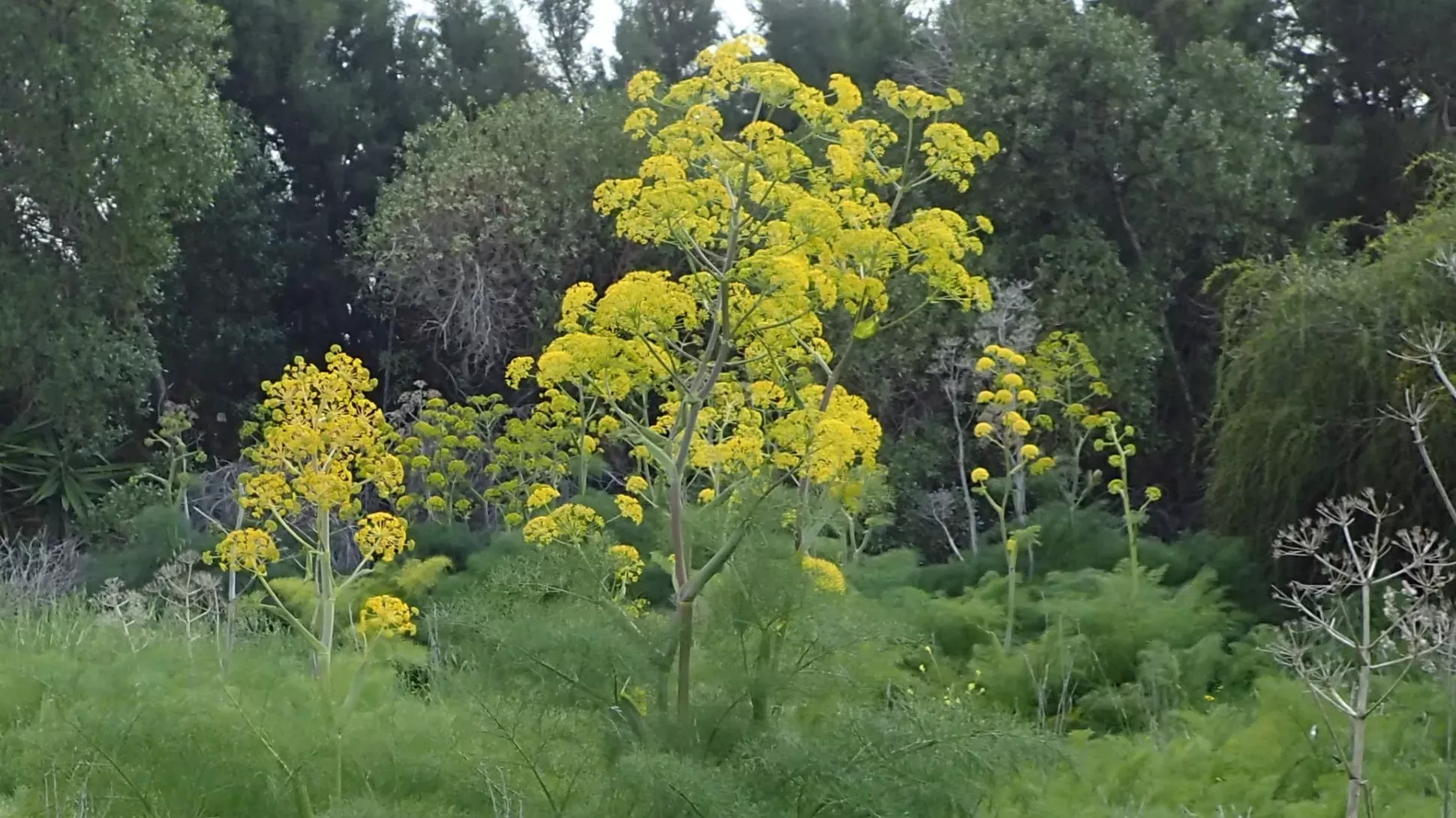
The hybrid theory
It’s been suggested that silphium could be a hybrid between two different species of giant fennel.
If this was the case, it might explain why the herb only grew in such a small area.
The hybrid may have reproduced asexually, spreading its roots to grow new plants.
So, when ancient Greek farmers harvested the seeds and tried to grow them, they may have been completely sterile.
The patch of silphium in North Africa, with its incredible flavours and medicinal properties, might have been the only population of this hybrid in the world.
Maybe it died out and was lost forever.
History repeating
Sadly, this is a story we continue to see play out today. Crop species crucial for the livelihood of millions of people around the world are under threat.
Coffee plants are being affected by climate change, as are carrot crops. Akkoub (Gundelia tournefortii) is a popular food in Jordan and Lebanon that is under threat from overharvesting.
That’s why the work of Kew scientists is more important than ever.
Projects like the Crop Wild Relatives program help to protect edible food crops in a climate changing world.
Our CITES team works with governments around the world to develop wildlife trade regulations that protect vulnerable species.
With their help, hopefully we won’t see any of our current crops becoming historical mysteries anytime soon.
